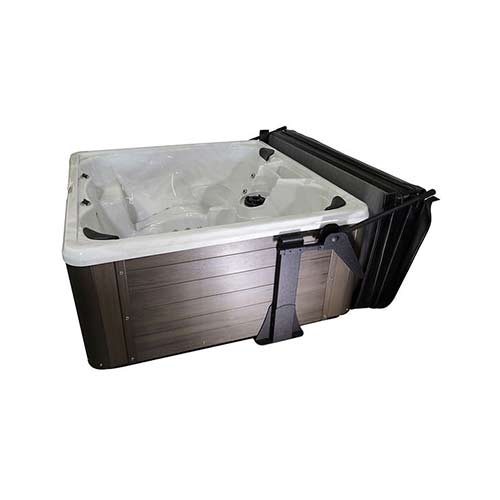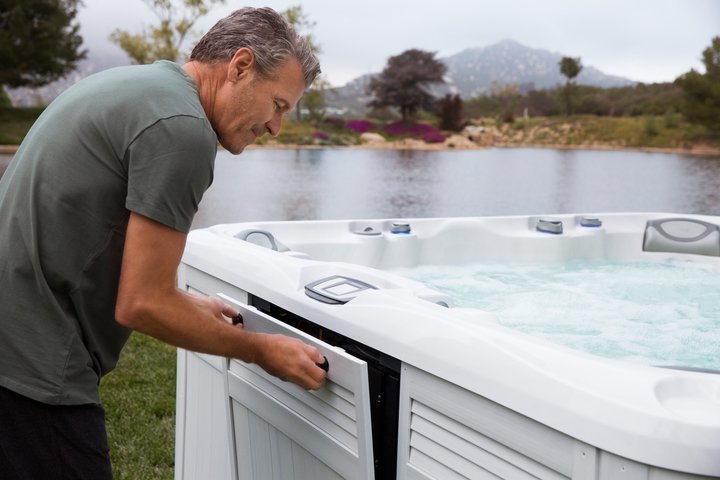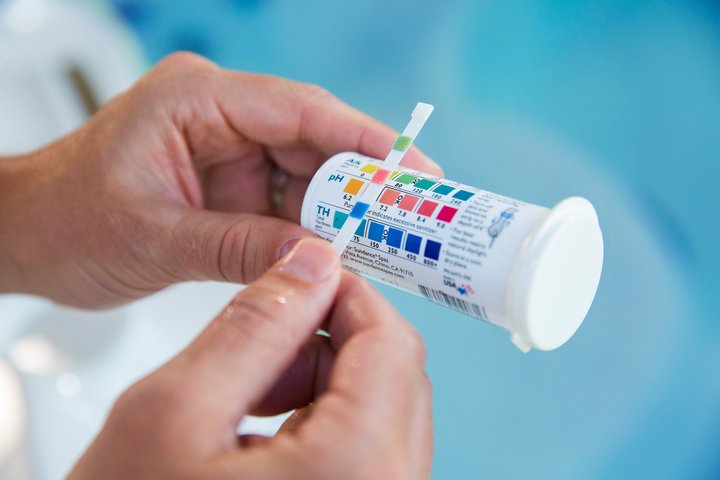Diving into the world of hot tub maintenance can often feel like navigating a complex labyrinth of chemistry and calculations.
Yet, achieving the perfect balance in your hot tub’s water is essential for ensuring a safe, enjoyable, and soothing experience.
In this article, we’re diving into the world of water chemistry, focusing on how to raise pH in a hot tub.
Whether you’re a new hot tub owner or a seasoned pro looking for a refresher, our guide will provide you with all the information you need to keep your hot tub’s pH levels in the ideal range, ensuring your hot tub remains a relaxing oasis for years to come.
Importance of pH Balance in a Hot Tub
When it comes to maintaining a hot tub, achieving and maintaining the ideal pH balance is crucial.
The pH level determines the acidity or alkalinity of the water and plays a significant role in the overall health and longevity of your hot tub.
Ideally, you’ll want to ensure your pH remains between 7.2 and 7.8.
Let’s explore why maintaining balanced pH levels is of utmost importance:
- Maintaining a Clean and Clear Hot Tub: Proper pH levels help prevent the growth of undesirable bacteria and harmful microorganisms that can thrive in off-balance water conditions. By ensuring your hot tub’s pH level is within the recommended range, you’ll be one step closer to a clean and clear spa.
- A Relaxing Soaking Experience: pH levels also affect the effectiveness of sanitizers and other chemicals you use to maintain your hot tub. When the pH balance is off, the effectiveness of these products decreases, leading to a less satisfying soaking experience.
- Potential issues from Imbalanced pH Levels: If left unaddressed, imbalanced pH levels can lead to several issues, such as skin irritation, cloudy water, and even damage to specific components of your hot tub due to scale or corrosion. By ensuring proper pH balance, you can avoid these problems and enjoy your hot tub for years to come.
Now that we understand the importance of maintaining proper pH levels, let’s move on to the next step: regularly testing your hot tub water.
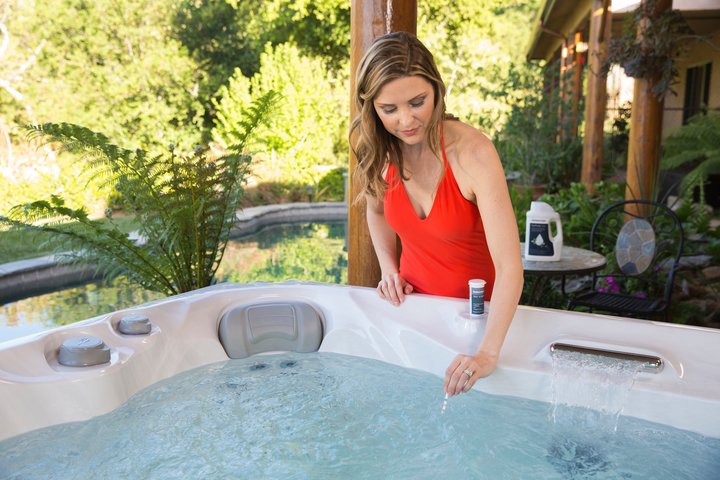
Testing Your Hot Tub Water
Regularly testing the pH levels of your hot tub water is crucial for responding to any changes in a timely manner. We recommend testing your water at least twice a week to ensure changes are caught early.
Here are some steps to help you understand and effectively test the pH levels in your hot tub:
Invest in Reliable Testing Kits
To accurately measure the pH levels in your hot tub, it’s essential to invest in a reliable testing kit or tool. There are various testing methods available, including test strips, liquid reagents, and digital test kits.
pH test strips are a quick and convenient option for accurate results, making them a popular choice. Many of these strips also provide information other than pH levels, such as alkalinity and sanitizer levels.
Follow the Instructions Carefully
Once you have your testing kit at hand, it’s time to put it to use.
Carefully follow the instructions provided with the kit to ensure accurate readings. Here is a simple step-by-step guide for using pH test strips:
- Turn your jets on and let them run for a few minutes, ensuring your water chemistry is the same throughout the tub.
- Turn the jets off and wait for the surface of the water to become still.
- Dip a test strip into the water for a few seconds, making sure it is submerged.
- Remove the strip and hold it horizontally for the recommended amount of time.
- Compare the strip’s color with the chart provided in the bottle.
- Move forward with necessary adjustments if needed.
Remember, understanding the results might seem a bit overwhelming, especially if you’re new to hot tub maintenance.
Simple Steps to Raise pH in a Hot Tub
If you’ve tested your water and found that your pH levels are too low, don’t worry! Here are some simple steps you can follow to raise the pH levels in your hot tub:
- Choose the Right Product: Several pH increasers are available on the market, but it’s important to choose one that is compatible with your hot tub’s specific needs.
- Follow the Dosage Instructions: Refer to the instructions provided by the product manufacturer to determine the appropriate amount of pH increaser to add based on your hot tub size and current pH levels. It’s important to follow these instructions carefully to avoid overcorrecting the pH levels.
- Gradually add the Increaser: Slowly add the recommended dosage of pH increaser to your hot tub. Pour the increaser around the edges of the tub while the jets are running to assist in the proper distribution of the chemical.
- Leave The Cover Open: After adding the pH increaser, you should leave your cover open and your jets on for at least 30 minutes. This will allow the chemicals to off-gas as they treat your water.
- Retest: After 30 minutes, retest the pH levels to ensure that they are back within their recommended range. If needed, repeat this process until you achieve the desired pH level.
Remember, maintaining balanced pH levels is an ongoing process. Regularly monitor your hot tub’s pH level and make adjustments as needed to ensure optimal conditions for your relaxation and enjoyment.
Pro Tips:
- Be careful not to over-adjust the pH levels. Gradual changes are key to preventing any sudden imbalances that can lead to discomfort or damage to your hot tub.
- It’s important to maintain the proper alkalinity levels (80-120 ppm) in conjunction with pH. Test your hot tub’s total alkalinity regularly and make any necessary adjustments.
- Clean your filter on a regular basis to ensure it can effectively remove debris and contaminants from your hot tub water, contributing to balanced pH levels.
- Never mix chemicals in your hot tub directly. Always dissolve them separately in water before adding them to the tub.
By following these simple steps, you can maintain properly balanced pH levels within your hot tub, ensuring a consistently clean and enjoyable experience.

Tips for Maintaining Balanced pH Levels
Here are some additional tips and tricks to help you achieve optimal pH levels and keep your hot tub in pristine condition.
Consistent Maintenance Routines
Consistency is key when it comes to maintaining balanced pH levels in your hot tub.
Implementing a regular maintenance routine will help you stay on top of any potential issues and ensure that your hot tub water remains clean and clear.
Here are some practices to consider:
- Clean Filters Regularly: Dirty filters can lead to poor water circulation and imbalanced pH levels. Rinse your filters each week, and clean them using a filter cleaner at least once a month to keep your hot tub running smoothly.
- Manage Sanitizers: Properly managing sanitizers such as bromine or chlorine is essential for maintaining balanced pH levels. Follow the manufacturer’s instructions and regularly check sanitizer levels.
- Keep Water Circulating: Run your hot tub’s circulation system daily, even if your spa is not being used that day. This helps distribute chemicals evenly and keeps the water fresh.
- Reduce Contaminants: Reducing the amount of contamination in your water can help keep your pH levels in check. Consider rinsing off before you hop in the tub, keeping your hair out of the water, and washing off any makeup prior to soaking.
By following these tips, you can maintain balanced pH levels in your hot tub, ensuring a relaxing and enjoyable soaking experience every time you fire up the jets.
FAQs
Can I use household items to raise pH in my hot tub?
While it may be tempting to use household items such as baking soda to raise pH levels in a hot tub, it is not recommended. These substances can disrupt the chemical balance of the water and potentially cause other issues. It’s best to use pH increasers specifically designed for hot tubs.
How often should I test the pH levels in my hot tub?
To ensure proper maintenance, it is recommended to test your hot tub’s pH levels at least twice a week. However, if there has been heavy usage or adverse weather conditions, more frequent testing may be necessary. To accurately monitor pH levels, regular testing is essential.
What happens if the pH levels in my hot tub are too low?
If the pH levels in your hot tub are too low, the water becomes acidic, which can lead to discomfort and potential damage to the hot tub’s equipment and surfaces. Low pH levels can also decrease the effectiveness of sanitizers and lead to cloudy water. It’s important to address low pH quickly by using a suitable pH increaser to restore balance.
Make Hot Tub Maintenance Easy with Expert Hot Tub Service
Maintaining the ideal pH level in your hot tub is about ensuring the longevity of your spa and guaranteeing that every soak is a safe, comfortable, and enjoyable experience.
With the easy steps outlined in this guide, you’re well on your way to mastering the art of hot tub maintenance.
However, we understand that sometimes you might need the support of a professional hot tub service for repairs, maintenance, or expert advice as you navigate the intricacies of spa care.
That’s where Paradise Valley Spas comes in. Our team of experts is always ready to assist you with any questions or concerns you may have about maintaining your hot tub’s pH levels or any other aspect of hot tub care.
Don’t hesitate to contact us for personalized support and guidance. Visit one of our eight Paradise Valley Spas locations across the Bay Area today, and let us help you make the most of your hot tub experience.


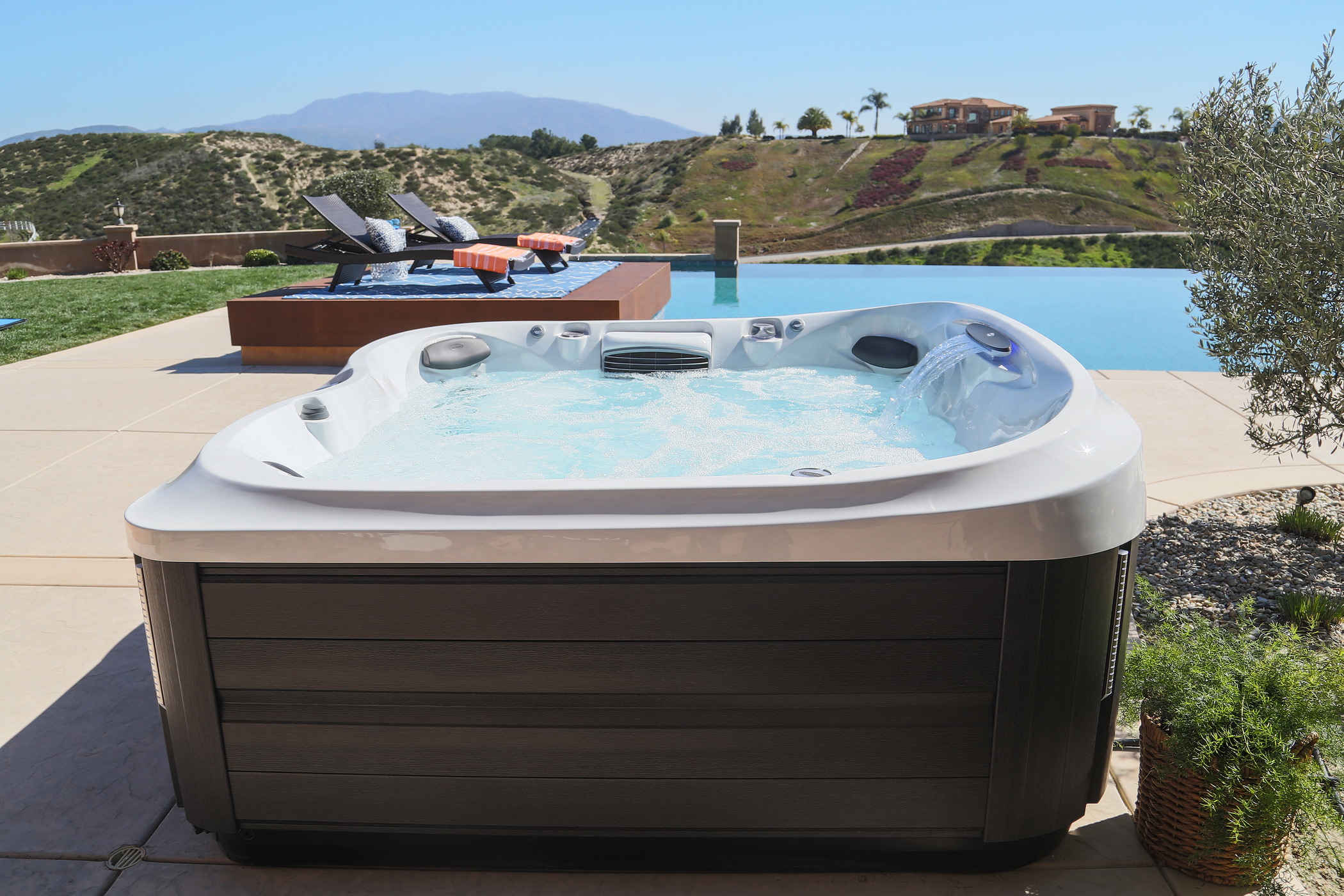

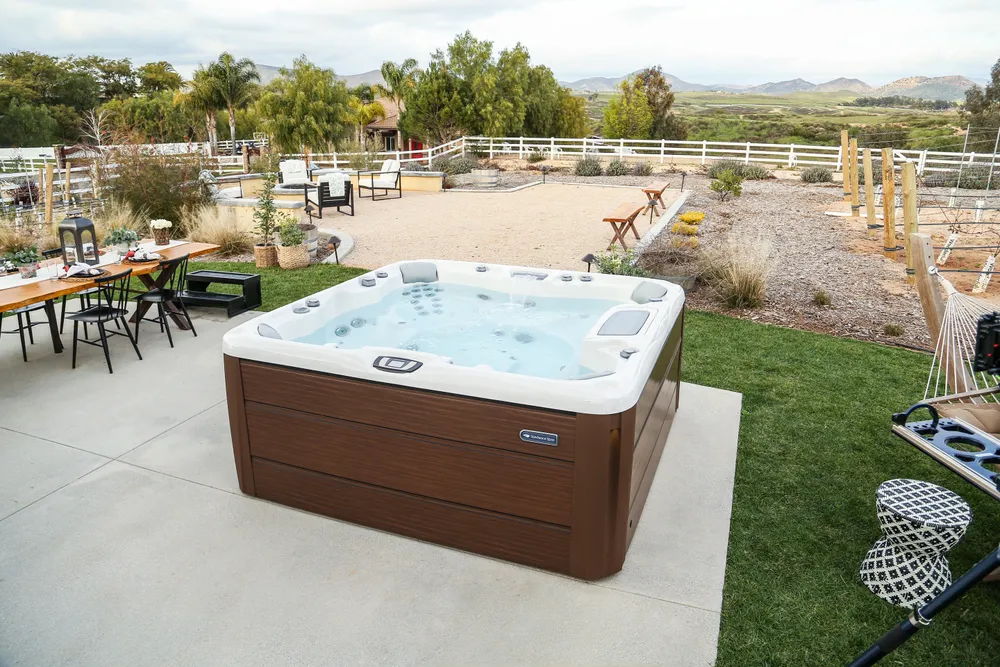

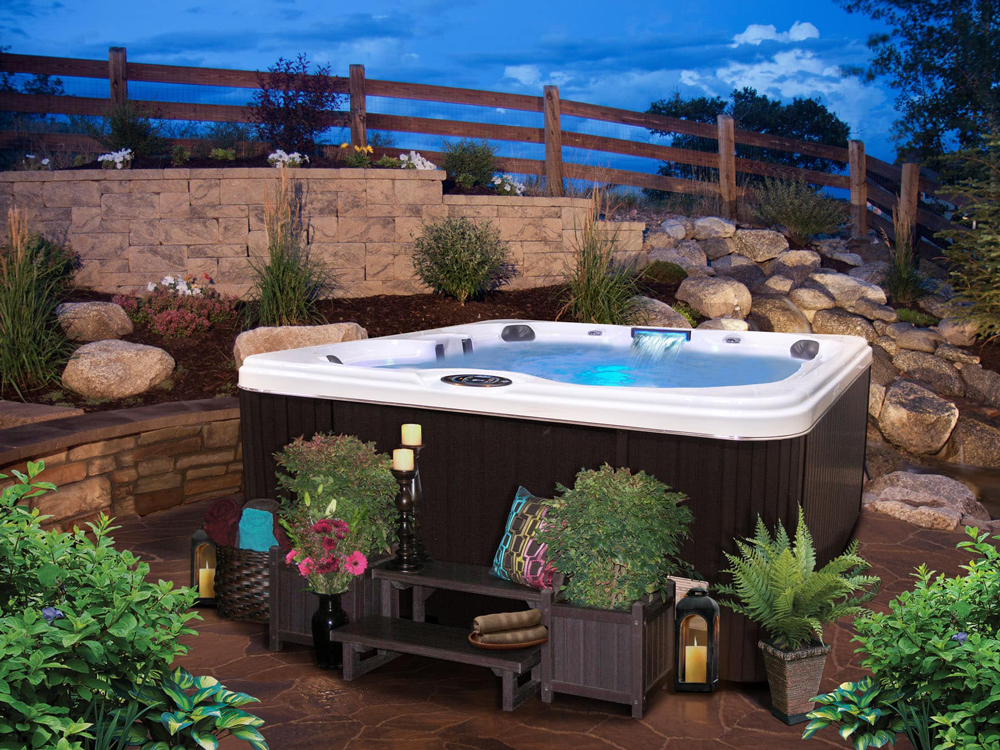


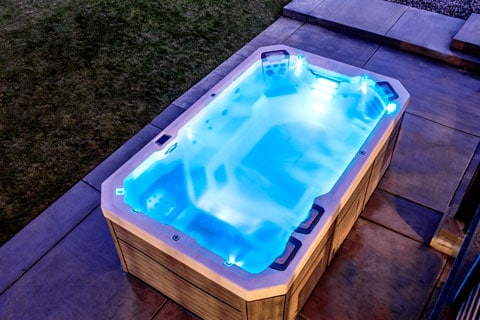

/brands/covana/models/evolution/evolution2.jpg)
/brands/covana/models/legend/legend.jpg)
/brands/covana/models/oasis/oasis.jpg)
